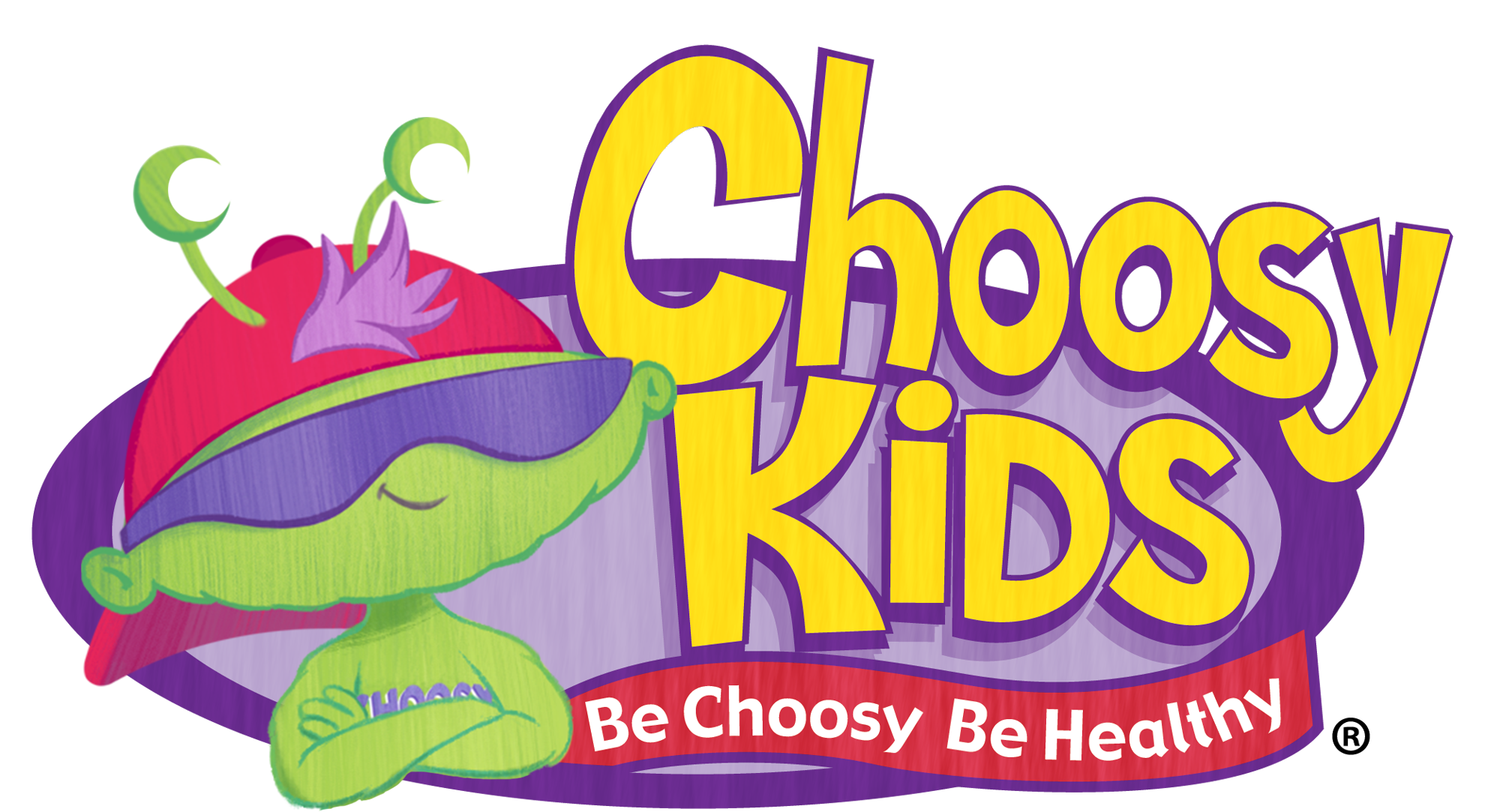


By Christine Cox, Choosy Kids Contributor
Summertime weather is upon us here in the eastern part of the United States. School is out and most children are anxious to have a summer filled with outdoor fun! Have you ever taken the time to watch what children do or play with when they have outside free play? Researchers have observed and reported about what young children prefer to play with outdoors and how it helps them developmentally. In this post, we are going to examine various aspects of outdoor play and review what researchers recommend to enhance the quality of outdoor playtime for our children.
Quality Outdoor Playtime
Parents and grandparents of this generation’s children grew up playing outside from sun up until sun down. Parents didn’t have the resources or research back then to support why they encouraged outdoor play. The children didn’t have Internet, television or handheld games that tend to take attention away from going outside today. So what benefits are today’s children missing from spending less time outside? Outdoor playtime is important in the health and wellness of children. In fact, according to an interesting study, children who regularly play outdoors tend to be:
- • Fitter and leaner
- • Develop stronger immune systems
- • Play more creatively
- • Have more active imaginations
- • Report lower stress levels
- • Demonstrate greater respect for themselves and others.
What great benefits from having fun playing outdoors! It is important to allow children to have quality outdoor time and freedom to run on their own (of course with parental supervision nearby). In Wendy Titman’s study, she very clearly showed children’s preferences for outdoor play environments. The environmental qualities most appreciated by children included:
- • Colors in nature
- • Trees Woodlands
- • Shifting topography
- • Shaded areas
- • Meadows
- • Places for climbing and construction
- • Challenging places for exploring and experience.
This indicates that children have a desire for more complex, challenging and exciting play environments (untouched nature) than the traditional playgrounds usually offered them. What do you see children playing with when you are outside?

Natural Areas versus Play Structures
This may make a lot of parents happy. Research also tells us that you do not need to spend hundreds of dollars on a play structure (think swingset) for children as they 1) will lose interest in it fairly quickly and 2) are happier with play props. Within the Landscape as Playscape: The Effects of Natural Environments on Children’s Play and Motor Development study, it states that “traditionally, outdoor playgrounds are designed to facilitate children’s play and are intended to enhance their physical, social, emotional and cognitive development. Even though traditional playgrounds are anticipated to promote children’s play, their design does not meet children’s needs for exploring their environment. The traditional playground is typically flat, barren, covered with asphalt, and equipped with climbing bars, a swing, a sandpit, a seesaw, and a slide. Usually the equipment is made of metal, plastic, or wood. Such playgrounds have not been found to be very challenging and even very young children or those with motor behavior deficits do not explore their potential on these playgrounds.”
In an “all natural” outdoor play area, an area with trees, grass, sand, dirt, stumps, shade, rocks, water, etc., children can engage in a range of gross motor activities/skills such as running, jumping, crawling, and rolling – things that you can’t really do on a play structure.
Let the Outdoors be an Adventure
Children crave exploring the unknown. It is exciting, mysterious and fun and that is exactly what playing in a natural play area outdoors provides children! While play structures are typically pretty safe because of safety guidelines, natural play areas allow for a sense of risk and reward. Think of it this way: walking on a fixed rail, curb, or beam at the playground isn’t easy but typically it may offer very little perceived risk. In a natural play area children may feel like they are taking a bigger risk when walking on a wobbly log. And maybe the wobbly log will provide a problem solving challenge and children may take steps to stabilize the log with something nearby. Plus, the perceived risk of walking on a log instead of a molded plastic ramp may add to the child’s sense of adventure and imagination.
So the next time you go outside with children, think of how Harry Heft, professor at Denison University, defined how children perceive the functions and utilizations of a natural play environment: If a tree is climbable it affords climbing; if a stone fits the hand it is grasp-able or throw-able and thus affords grasping and throwing. If a slope is smooth and steep enough it is slideable and thus affords sliding. You do not need to have a play structure in place to allow for healthy and safe outdoor play. Let the imagination be a child’s guide.
You may also like...








